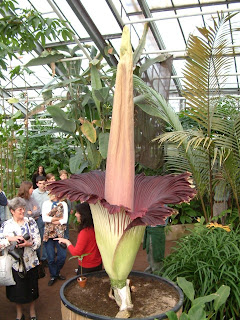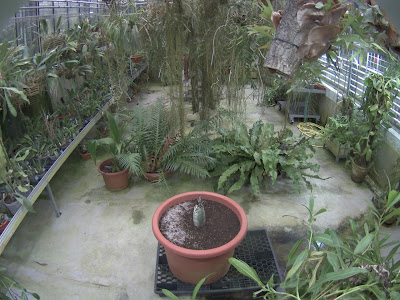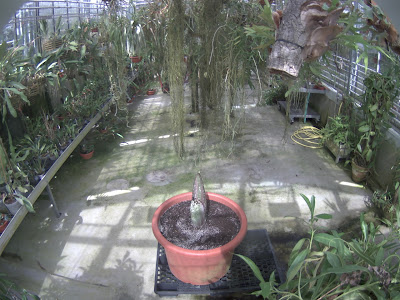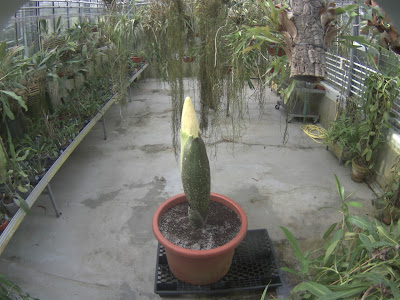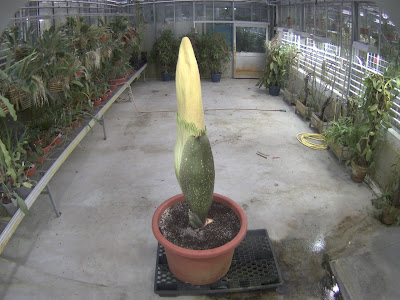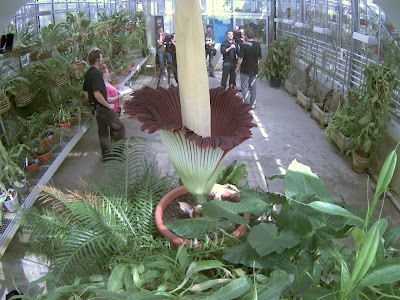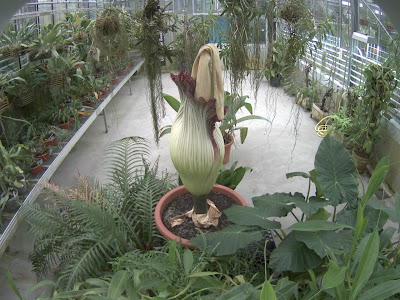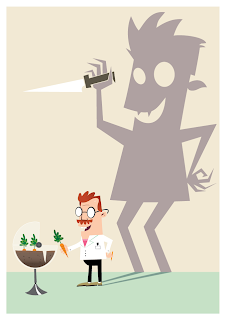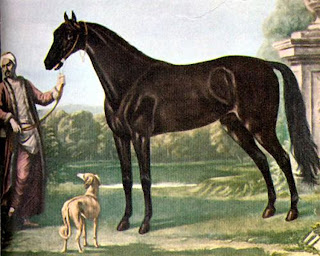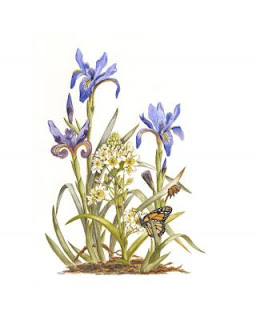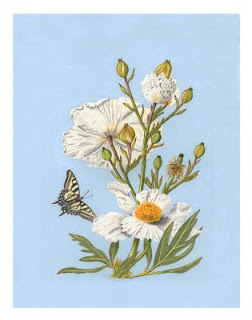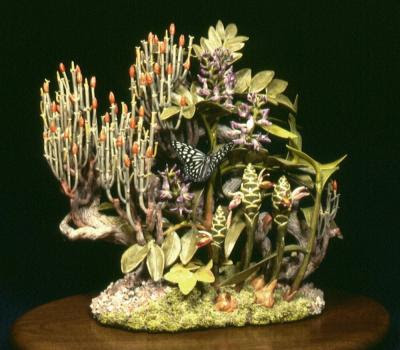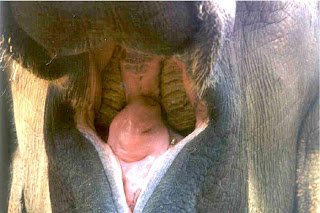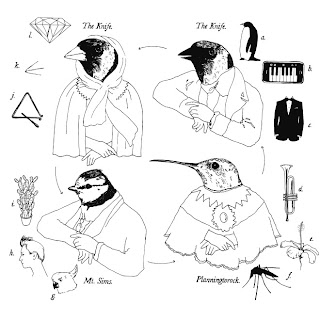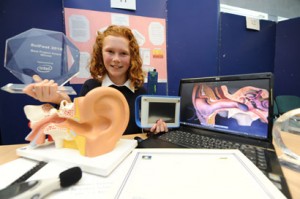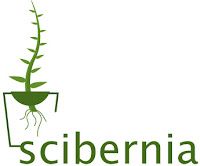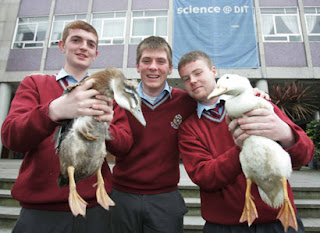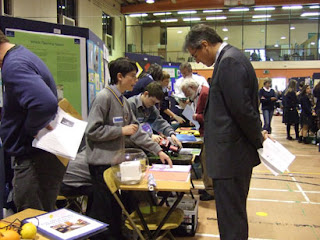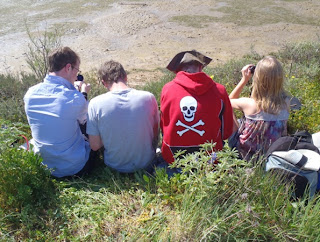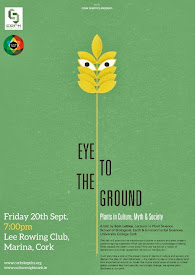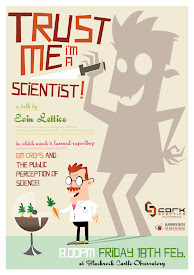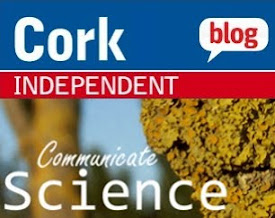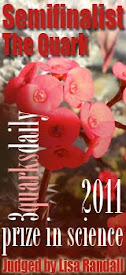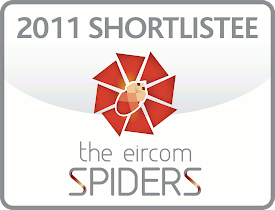Corpse flower blooms in Basel
The carrion flower is also known as the titan arum and and produces a scent which is not unlike that of a decomposing mammal. The scent is used to attract pollinating insects, in particular carrion flies and beetles, to the flower to transfer pollen. The flowers deep-red colouration also contributes to this carrion-like illusion.
The flower can reach over 3 metres in height but dies back quickly before it is replaced with a single large leaf. The underground corm (swollen plant stem) is the largest in the plant kingdom - around 50 kg.
Found growing in the wild in the rainforests of Indonesia, it is cultivated in many botanical collections around the world but it is notoriously difficult to get to flower.
Interestingly, the popular name titan arum was invented by David Attenborough when he famously filmed the plant for his 'The Private Life of Plants' BBC series. Apparently, he felt that continually referring to the plant by its Latin name on TV would be inappropriate. See video at the end of this post.
The Swiss flower was visited by more than 10,000 people on Saturday alone, each adult paying 10 Swiss Francs for a quick two-minute viewing. All the money raised was going towards funding events at the botanical garden.
Custodian of the Basel Botanical Gardens Heinz Schneider told Swiss TV, "It's crazy! Plant fans from all over Switzerland want to see the titan arum."
By Monday, the flower had wilted but the event was captured on webcam, from which the following series of images were taken (31st March - 27th April).

